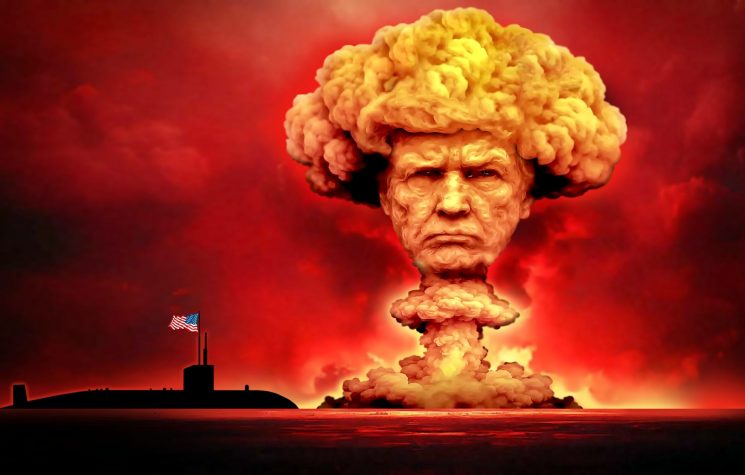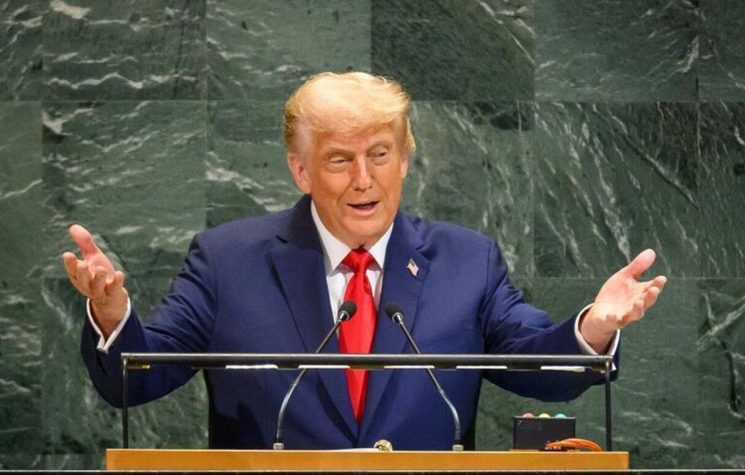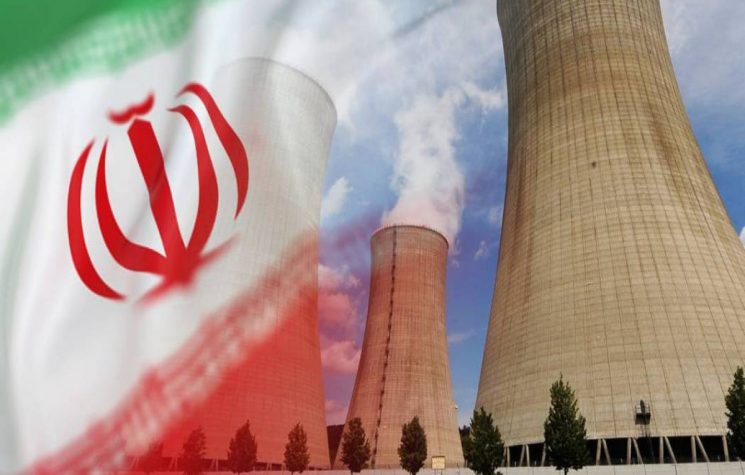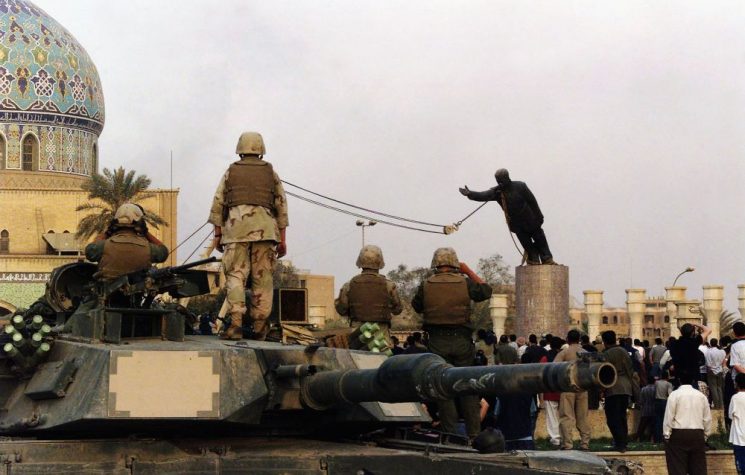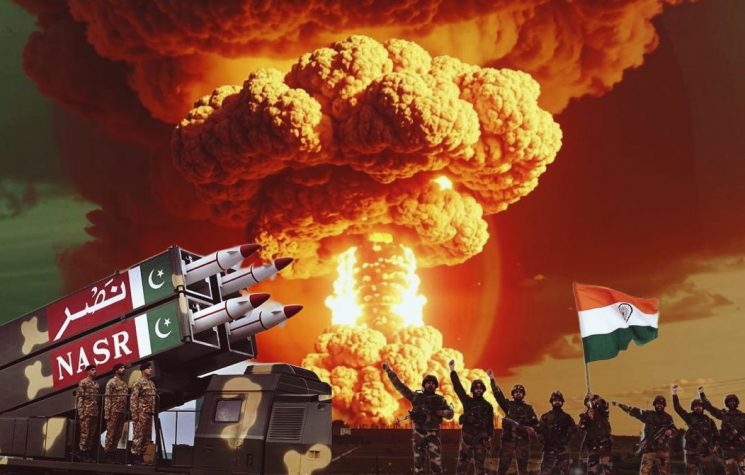How did we get from “the world can’t afford a nuclear war” narrative of 40 years ago to the present nail-biting edge of the abyss as of today?
Contact us: info@strategic-culture.su
The SIPRI report is a grim read. All of the world’s nuclear powers are modernising and /or increasing their missiles. But how did we get from “the world can’t afford a nuclear war” narrative of 40 years ago to the present nail-biting edge of the abyss as of today? A lot has changed in those years, but here are the chief factors which we need to face to understand why 12,000 nuclear warheads are out there and perhaps more are going to be added to that number.
Governance in western countries. We, in the West, have never been poorer in this respect. Western leaders no longer have the courage to formulate bold policies based on their beliefs, if they have any which explains the political crisis currently in the UK and a huge protest vote in the EU elections recently which gave a quarter of the entire European Parliament to far-right groups. Typically western elites continue to perniciously steer away from being associated with the state of the economy, environment, state of health care sector, small business and increasingly hide behind opaqueness while using media more and more for their own gains. In this environment, they relish the idea of cultivating fear with phoney wars on the horizon so to allow them to confuse the voters with saving the country from an external threat rather than tackle head on the country’s domestic challenges. Of course within this area of “we must spend more on defence” comes the more salient threat of the erosion of civil liberties. Spend big on defence, keep the fear alive. Nukes.
BRICS and new world order. Of course, part of the unintended consequences of the Ukraine war is the emergence of BRICS which threatens the old guard and U.S. hegemony which, under the Biden administration, appears to be in sharp demise with more reports each day of dollar dumping around the world. BRICS countries naturally create a basis for western elites to continue with “the Russians are coming” narrative which then naturally has its own momentum which encourages those same countries to spend more on nukes like China, India, North Korea, Pakistan and of course Russia. As the U.S. loses its former grip around the world, its natural inclination is to spend more on nukes and defence in general.
Poor nuclear diplomacy. Again this comes back to Ukraine and Gaza. Before both of these conflicts the U.S. had good relations with Russia on nukes as both parties were signed up members of a test ban treaty. Russia has of course pulled out of its obligations and is now wild card, with no communication or diplomacy open with the U.S. As the SIPRI report states, the U.S. hasn’t actually kept its part of the bargain since 1996 which raises another aspect to nuclear diplomacy, which is that it makes the case for the old adage “contracts are only as good as the people who sign them”. Similarly, the U.S. had cordial relations in the field of nuclear diplomacy with Iran right up until October 7th 2023 when Hamas launched its horrific attacks in Israel. All bets off after this point as even though it is believed that Iran doesn’t have nuclear weapons itself, if certainly is much closer to making them since Trump tore up Obama’s so-called Iran Deal. Nuclear diplomacy was always poor but at least it kept countries talking. Now the radio silence presents its own catalyst to a growing threat.
Nanny state thinking. Many western countries like the UK for example, which has 225 warheads have since WWII taken a “zero casualties” approach to conflict, particularly noticeable in the last 20 years. The thinking is that new wars can be fought at a distance and with technology and that infantry fighting should be a thing of the past. In Somalia in 1993, a failed military operation by U.S. rangers in Mogadishu led to 18 servicemen killed and one having his body dragged through the streets of the capital attached to a vehicle. This event was enough to dramatically change U.S. foreign policy in Africa under Clinton and as Osama Bin Laden observed, it showed how vulnerable western countries are to body bags. The Mogadishu incident called Black Hawk Down resulted ultimately in the 9/11 attacks. Such vulnerability feeds the nuclear argument for western countries in particular who operate on a Nanny State basis without consulting voters and using nukes as a way of fooling a gullible public they (the citizens) need the nukes, whereas in reality it’s the elites who need them more as they have no political stamina for body bags, not even a handful.
New enemies. This was briefly touched upon in the report also. As the world changes new friendships emerge, or perhaps new partnerships. These new alliances in the east are untested and so, while Pakistan and India almost have an identical number of warheads, India’s are increasingly reaching longer distances way beyond Pakistan’s footprint, suggesting that countries need a fallback plan for when regimes change and a new political dynamic takes place. In India’s case, China might one day become a foe. Israel’s stockpile, the worst kept secret in the Middle East, might come in handy one day if the Arab world threatened the Zionist regime. Unfortunately it only makes the case stronger for Iran to continue to refine uranium and one day perhaps make its first nuclear missile. Who would stop them?








